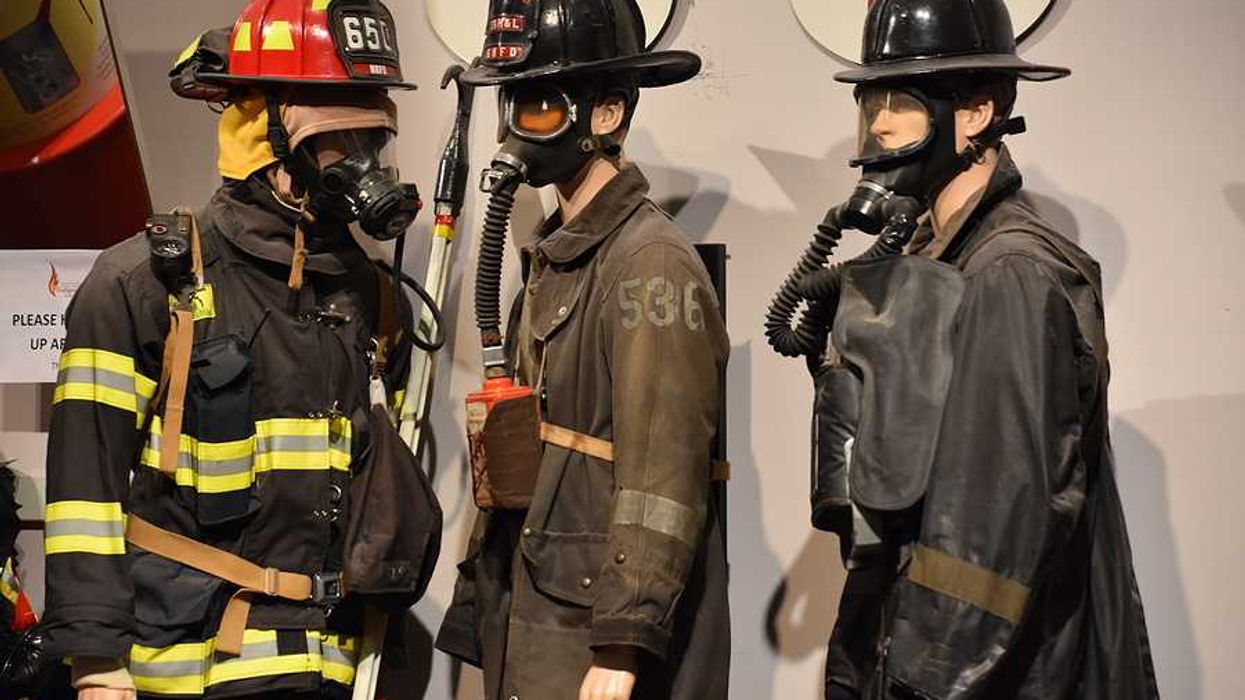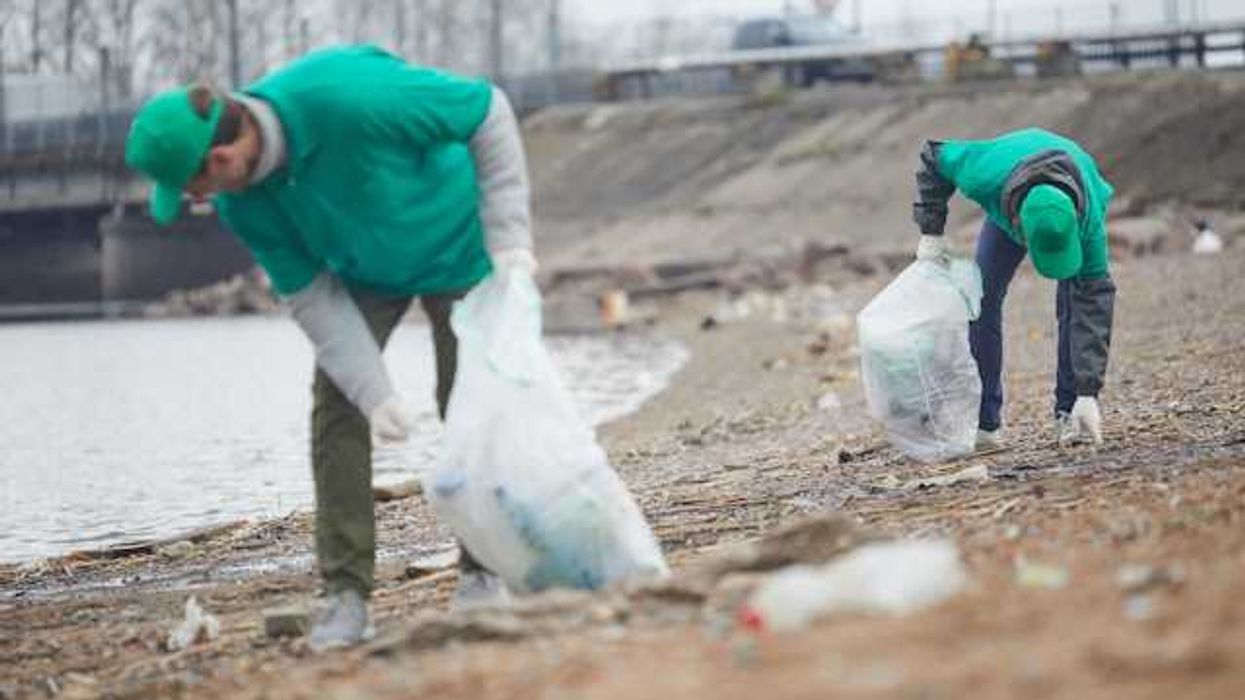As climate change intensifies, sites housing radioactive materials face increased threats from wildfires and floods.
Tammy Webber reports for the Associated Press.
In short:
- The Pantex Plant in Texas faced near-catastrophic wildfires, highlighting the vulnerability of facilities storing nuclear materials.
- Extreme weather events, fueled by climate change, pose increasing risks to dozens of sites across the U.S., potentially disrupting critical energy and defense operations.
- The Department of Energy now requires existing sites to assess climate risks, but new site permits often overlook future climate projections.
Key quote:
“I think it’s too early to assume that we’ve got all the worst-case scenarios resolved ... (because) what might have been safe 25 years ago probably is no longer safe.”
— Paul Walker, program director, Green Cross International.
Why this matters:
Climate change's impact on sites with radioactive materials can lead to severe health and environmental consequences, heightening the need for proactive planning and infrastructure upgrades to mitigate risks. Read more: Past deadline and over budget, nuclear energy is struggling.














